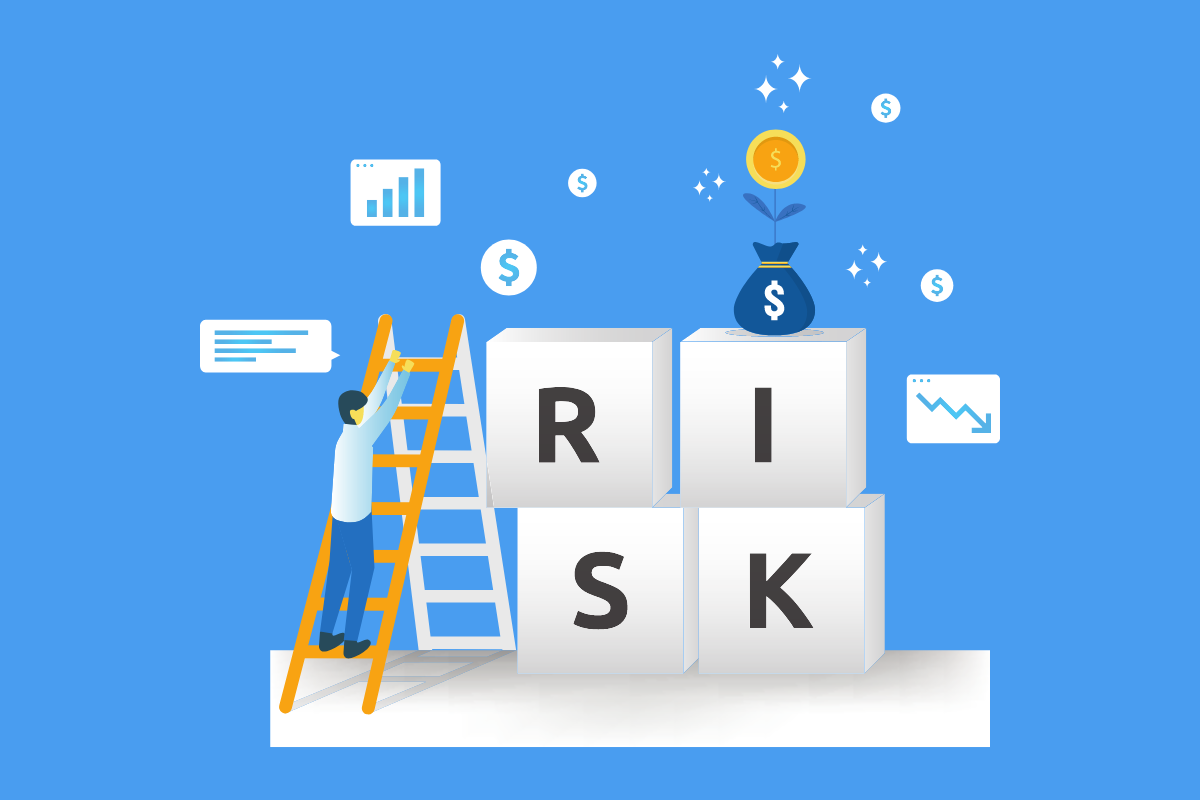Risk assessments and inspections play a crucial role in identifying and mitigating potential hazards in various industries. Traditionally, these processes have relied on manual procedures, which can be time-consuming, resource-intensive, and prone to human error. However, advancements in technology have revolutionised the way risk assessments and inspections are conducted. In this blog, we will explore the role of technology in transforming risk assessments and inspections in enhancing these critical safety practices, improving efficiency, accuracy, and overall risk management.
Automation and Efficiency
The role of technology in transforming risk assessments can lead to automation and efficiency meaning:
Streamlined data collection: Technology enables the use of digital platforms, mobile devices, and specialised software to collect data efficiently during risk assessments and inspections, eliminating the need for cumbersome paperwork and manual data entry.
Real-time reporting and analysis: With technology, data can be captured and analysed in real-time, allowing for immediate identification of potential risks and enabling prompt corrective actions.
Workflow optimisation: Automated workflows and task management systems help streamline the entire risk assessment and inspection process, ensuring each step is carried out systematically and in a timely manner.
Enhanced Data Collection and Analysis
IoT and sensor technology: Internet of Things (IoT) devices and sensors can collect real-time data on environmental conditions, equipment performance, and employee behaviours, providing valuable insights into potential risks and allowing for proactive risk mitigation.
Data analytics and predictive modelling: Advanced data analytics techniques, such as machine learning and predictive modelling, can process large volumes of data to identify patterns, trends, and potential risk factors, aiding in more accurate risk assessments and effective preventive measures.
Remote and Virtual Inspections
Remote monitoring and inspections: Technology allows for remote monitoring of equipment, processes, and facilities, reducing the need for physical presence during inspections. This saves time and resources while ensuring compliance and identifying potential risks.
Virtual reality (VR) and augmented reality (AR): VR and AR technologies enable immersive virtual inspections, allowing inspectors to visualize and assess potential hazards in a virtual environment without exposing themselves to real-life risks.
 Integration with Other Systems
Integration with Other Systems
Integration with incident reporting systems: Technology can facilitate the seamless integration of risk assessments and inspections with incident reporting systems, ensuring that identified risks are tracked, investigated, and addressed effectively.
Integration with maintenance and asset management systems: By integrating risk assessment and inspection data with maintenance and asset management systems, organisations are able to prioritise maintenance activities, schedule repairs, and optimize resource allocation based on identified risks.
Challenges and Considerations
Data security and privacy: As technology becomes more prevalent in risk assessments and inspections, ensuring the security and privacy of sensitive data becomes paramount. Organisations must implement robust security measures to protect data from unauthorized access or breaches.
Training and adoption: Embracing technological advancements requires adequate training for employees to effectively utilise new tools and systems. Organisations must provide training and support to ensure a smooth transition and maximise the benefits of technology.
Conclusion
Technology has significantly transformed risk assessments and inspections, revolutionising the way organisations identify and manage potential hazards. Through automation, enhanced data collection and analysis, remote inspections, and integration with other systems, technology has improved the efficiency, accuracy, and effectiveness of risk management practices. However, organisations must also address challenges such as data security and privacy concerns and ensure proper training and adoption of new technologies. By leveraging technology in risk assessments and inspections, businesses can proactively identify and mitigate risks, creating safer work environments and reducing the likelihood of incidents and injuries.
If you are interested in seeing how a health and safety inspection app can transform your business, sign up for a 30-day free trial and see why leading businesses choose Velappity.



